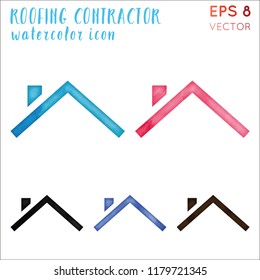Discover Exactly How Seasonal Influences Can Impact The Effectiveness Of Business External Paint And Learn One Of The Most Favorable Times To Ensure Durable Outcomes For Your Project
Discover Exactly How Seasonal Influences Can Impact The Effectiveness Of Business External Paint And Learn One Of The Most Favorable Times To Ensure Durable Outcomes For Your Project
Blog Article
painting walls and ceiling the same color -Doherty Decker
When you're planning a commercial exterior painting job, seasonal factors can make or damage your results. You'll intend to take into consideration exactly how temperature and humidity effect paint application and drying times. Choosing the appropriate season can guarantee your paint sticks effectively and lasts much longer. But which seasons are absolutely the best for this type of job? Allow's explore the crucial elements that can influence your job's success.
The Influence of Temperature Level on Paint Application
When you're intending a business outside paint project, the temperature level can dramatically influence how well the paint adheres and dries.
Preferably, you intend to repaint when temperature levels range between 50 ° F and 85 ° F. If it's also cool, the paint may not cure effectively, resulting in concerns like peeling off or breaking.
On the flip side, if it's too hot, the paint can dry out too rapidly, protecting against proper adhesion and leading to an unequal finish.
You must also think about the moment of day; morning or late afternoon supplies cooler temperatures, which can be much more desirable.
Always examine the maker's suggestions for the certain paint you're using, as they typically offer advice on the ideal temperature variety for optimal outcomes.
Humidity and Its Effect on Drying Times
Temperature level isn't the only environmental factor that affects your commercial external paint job; humidity plays a substantial function also. High humidity levels can slow down drying out times considerably, impacting the total quality of your paint job.
When the air is saturated with wetness, the paint takes longer to heal, which can cause issues like bad attachment and a higher risk of mold growth. If you're painting on an especially damp day, be prepared for extended wait times in between coats.
It's important to monitor local climate condition and strategy accordingly. Ideally, go for humidity levels between 40% and 70% for optimal drying out.
Maintaining link web page consider mind ensures your task stays on track and delivers a long lasting coating.
Best Seasons for Commercial Outside Paint Projects
What's the very best time of year for your industrial outside painting tasks?
Springtime and early autumn are commonly your best bets. Throughout these periods, temperatures are mild, and moisture degrees are frequently lower, producing suitable problems for paint application and drying.
Stay clear of summertime's intense heat, which can create paint to dry also swiftly, bring about poor adhesion and coating. Similarly, winter months's cold temperatures can hinder proper drying and curing, taking the chance of the longevity of your paint work.
Aim for days with temperatures in between 50 ° F and 85 ° F for ideal results. Remember to examine please click the following web site for rainfall, as wet problems can ruin your project.
Preparation around these variables guarantees your paint job runs efficiently and lasts longer.
Conclusion
To conclude, preparing your business external paint projects around seasonal factors to consider can make a substantial distinction in the result. By scheduling job during the optimal temperatures and humidity degrees, you'll make sure better bond and drying times. Remember to watch on regional weather report and pick the correct time of year-- spring and early fall are your best choices. Taking Visit Webpage will aid you accomplish a sturdy and specialist surface that lasts.
